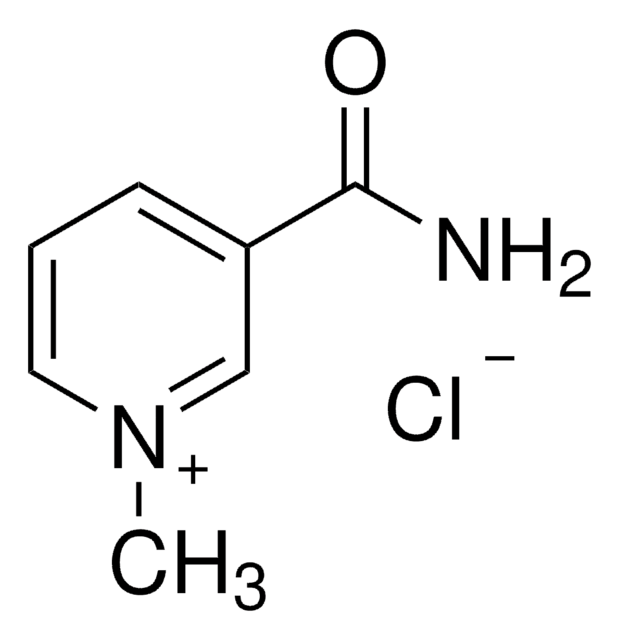M9524
Morphine sulfate salt solution
1.0 mg/mL in methanol, drug standard
About This Item
Polecane produkty
klasa czystości
drug standard
Poziom jakości
drug control
Home Office Schedule 2; stupéfiant (France); kontrollierte Droge in Deutschland; (Spain); Decreto Lei 15/93: Tabela IA (Portugal)
stężenie
1.0 mg/mL in methanol
metody
HPLC: suitable
gas chromatography (GC): suitable
Zastosowanie
pharmaceutical (small molecule)
format
single component solution
temp. przechowywania
−20°C
ciąg SMILES
OS(O)(=O)=O.CN1CC[C@]23[C@H]4Oc5c(O)ccc(C[C@@H]1[C@@H]2C=C[C@@H]4O)c35.CN6CC[C@]78[C@H]9Oc%10c(O)ccc(C[C@@H]6[C@@H]7C=C[C@@H]9O)c8%10
InChI
1S/2C17H19NO3.H2O4S/c2*1-18-7-6-17-10-3-5-13(20)16(17)21-15-12(19)4-2-9(14(15)17)8-11(10)18;1-5(2,3)4/h2*2-5,10-11,13,16,19-20H,6-8H2,1H3;(H2,1,2,3,4)/t2*10-,11+,13-,16-,17-;/m00./s1
Klucz InChI
USAHOPJHPJHUNS-IFCNUISUSA-N
informacje o genach
human ... OPRM1(4988)
Szukasz podobnych produktów? Odwiedź Przewodnik dotyczący porównywania produktów
Zastosowanie
Hasło ostrzegawcze
Danger
Zwroty wskazujące rodzaj zagrożenia
Zwroty wskazujące środki ostrożności
Klasyfikacja zagrożeń
Acute Tox. 3 Dermal - Acute Tox. 3 Inhalation - Acute Tox. 3 Oral - Flam. Liq. 2 - STOT SE 1
Organy docelowe
Eyes
Kod klasy składowania
3 - Flammable liquids
Klasa zagrożenia wodnego (WGK)
WGK 2
Temperatura zapłonu (°F)
51.8 °F - closed cup
Temperatura zapłonu (°C)
11 °C - closed cup
Środki ochrony indywidualnej
Eyeshields, Faceshields, Gloves, type ABEK (EN14387) respirator filter
Choose from one of the most recent versions:
Masz już ten produkt?
Dokumenty związane z niedawno zakupionymi produktami zostały zamieszczone w Bibliotece dokumentów.
Klienci oglądali również te produkty
Nasz zespół naukowców ma doświadczenie we wszystkich obszarach badań, w tym w naukach przyrodniczych, materiałoznawstwie, syntezie chemicznej, chromatografii, analityce i wielu innych dziedzinach.
Skontaktuj się z zespołem ds. pomocy technicznej










